August Walking Tour - Nectar Plants for Hummingbirds
As early as mid-April, migrating hummingbirds begin arriving in Colorado. Their presence is announced with the humming and whirring sounds made by their wings as they dart from flower to flower. At Denver Botanic Gardens these entertaining birds are commonly seen feeding on nectar and insects, aggressively protecting their territory, diving from the sky or checking out an unsuspecting visitor.
Indeed, Denver Botanic Gardens, with its diversity of plant species whose blooms span the seasons, provides an excellent stopover for migrating hummingbirds. As you take this tour, you will most likely be rewarded with the sights and sounds of these charismatic birds.
Now is the time to welcome hummingbirds with open flowers!
- Begin this tour at the Darlene Radichel Plant Select® Garden to see one of our earliest blooming shrubs: Arctostaphylos × coloradensis 'Panchito'. Facing Monet Pool, turn left onto the gravel pathway and look for a sprawling shrub on your right with thick, leathery, evergreen leaves. In the springtime, this plant has pinkish-white urn-shaped flowers that attract hummers. A Plant Select® native selection from the Uncompahgre Plateau, this cultivar will thrive in a well-drained area of your yard, where it will become a lovely evergreen groundcover and an early nectar source for hummers.
- Next, head to the Gates Montane Garden to see another early bloomer, which is native to the Front Range. As you stroll through the shady forest, you may notice columbine (Aquilegia spp.) and fireweed (Chamerion angustifolium) in bloom, which are great mid-season nectar species for hummers. On your right, before you exit the Gates Montane Garden and where several paths converge with the main path, you will see wax currant (Ribes cereum), a medium-sized shrub with maple-like leaves. In the springtime, it produces tubular, pale-pink flowers, which attract hummingbirds. If you are looking for a shrub with showier and more fragrant flowers, another wild currant that thrives in Front Range landscapes is golden currant (R. aureum).
There are a host of showy mid-season-blooming species that attract hummingbirds including columbine (Aquilegia spp.), scarlet gilia (Ipomopsis aggregata), harebells (Campanula rotundifolia), larkspur (Delphinium spp.) coral bells (Heuchera spp.), bergamot (Monarda spp.), orange milkweed (Asclepias tuberosa), Penstemon spp. and Colorado Four O’clock (Mirabilis multiflora). This tour features the latter two.
- Exit the Gates Montane Garden and continue on the main path through the Rock Alpine Garden. Turn left on the path that divides the Upper Meadow from the South Ledge. About two-thirds of the way down, look for Colorado Four O'clock (Mirabilis multiflora), which should still be in full bloom. This showy, drought-tolerant species has dark green leaves and lovely magenta flowers that attract hummingbirds. It is the perfect addition to Front Range landscapes – just allow enough space for it to grow!
- Next, continue to Sacred Earth. You will be greeted with sprays of red, trumpet-shaped flowers amongst wispy grasses. These flowers belong to Bridges’ penstemon (Penstemon rostriflorus), which is a later-blooming species of Penstemon. Extend your red-blooming penstemon season with the early-blooming Eaton’s penstemon (P. eatonii), followed by the mid-season scarlet bugler (P. barbatus), followed by Bridges’ penstemon. While you are at it, why not add the early, pink-blooming desert beardtongue (P. pseudospectabilis), a showy landscaping plant that is popular with hummingbirds in my yard.
Late Season Flowers for Hummingbirds: Send Hummingbirds off With a Nectar Party
By early September, hummingbirds are heading south towards their wintering grounds. Fortunately, there are many late-blooming species that provide nectar for hummingbirds, including species of Salvia, Agastache and Epilobium. The Roads Water-Smart Garden showcases examples of all three genera.
- Once you reach the Water-Smart Garden, look for hummingbird trumpet (Epilobium canum ssp. garrettii ‘PWWG01S’ ORANGE CARPET®) on your right. With its myriad showy orange-red flowers, you can’t miss it. Planted in your yard, it will quickly spread to form a ground cover that blooms from mid to late summer. And, as the common name suggests, this western nativar (native cultivar) is irresistible to hummingbirds.
- As you continue through the Water-Smart Garden, notice the various species and cultivars of Salvia. A favorite is Salvia greggii ‘Furman’s Red’, which will be on your left. This species has crimson flowers that will bloom in the spring and then again through the fall. As you approach it, you will also see Agastache on your left that is beginning to bloom.
- End your tour with a walk along Water-Smart Garden’s gravel path, searching for various cultivars of both Salvia and Agastache. Notice how they are grouped with other drought-tolerant species including trees, shrubs, succulents and grasses to provide a textural and colorful landscape that is also beneficial for hummingbirds.
Once you have incorporated these plants into your garden, hummingbirds will come, although it may take time for hummingbirds to notice. When you hear the metallic whirring of a male broad-tailed hummingbird and watch it dart from flower to flower, you know your efforts have paid off!
In closing, it should also be mentioned that providing natural nectar sources in your yard is one important thing you can do for hummingbirds. However, hummingbirds also need water, shelter and space. To learn more, visit National Audubon Society’s website.
Gallery
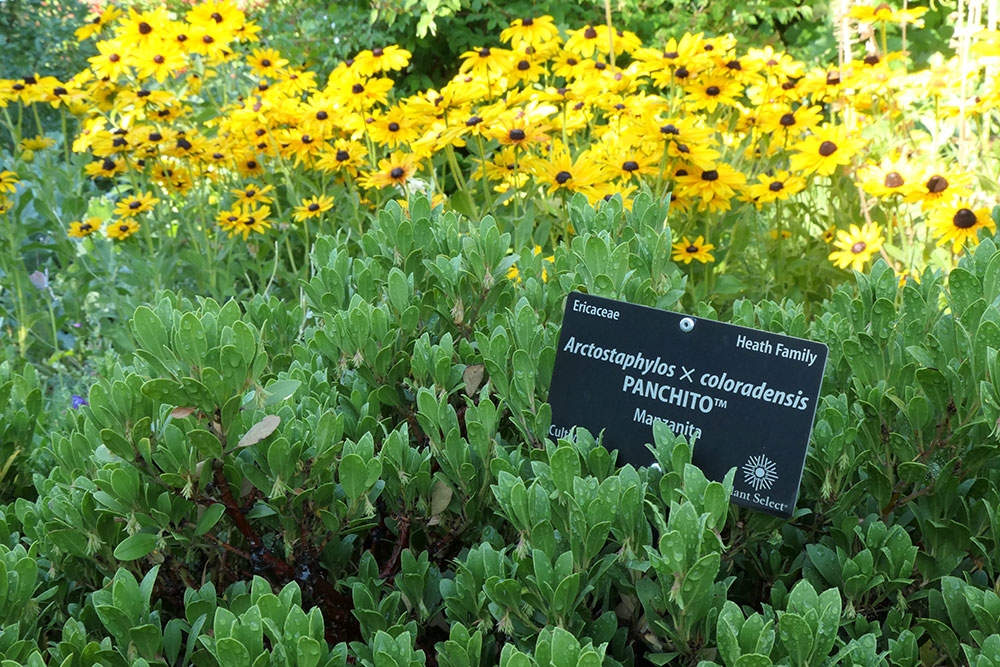
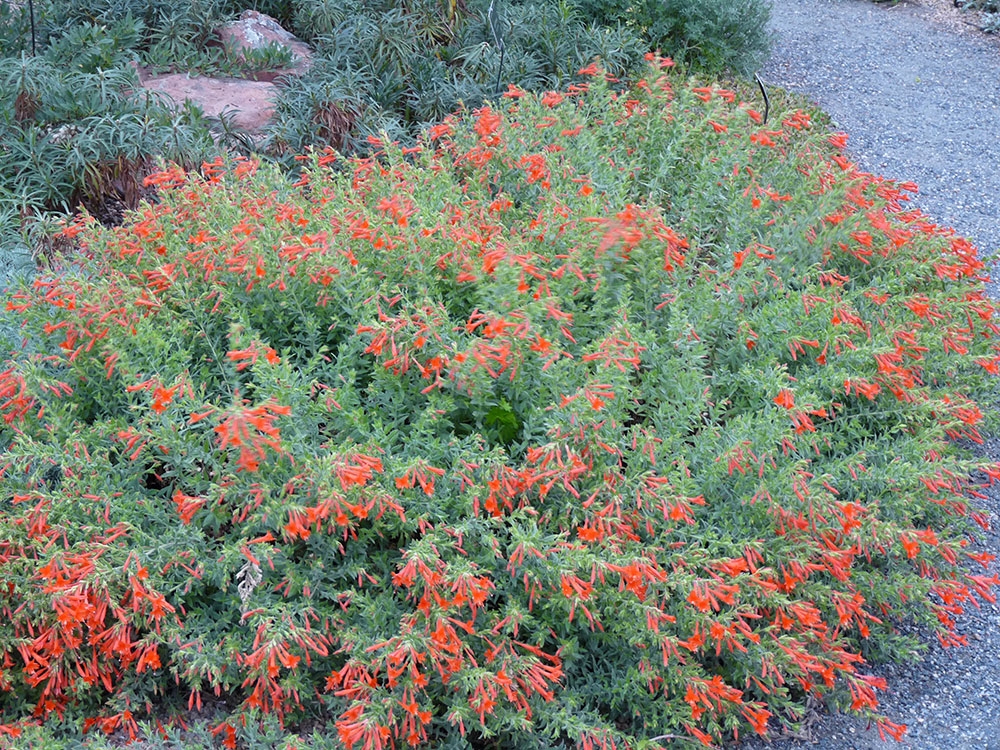
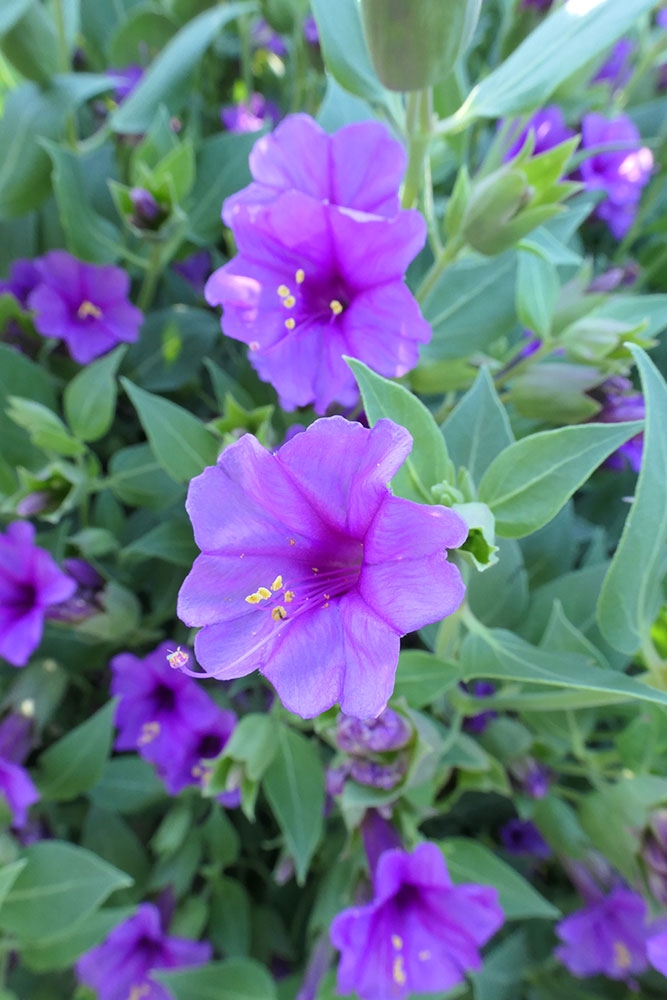

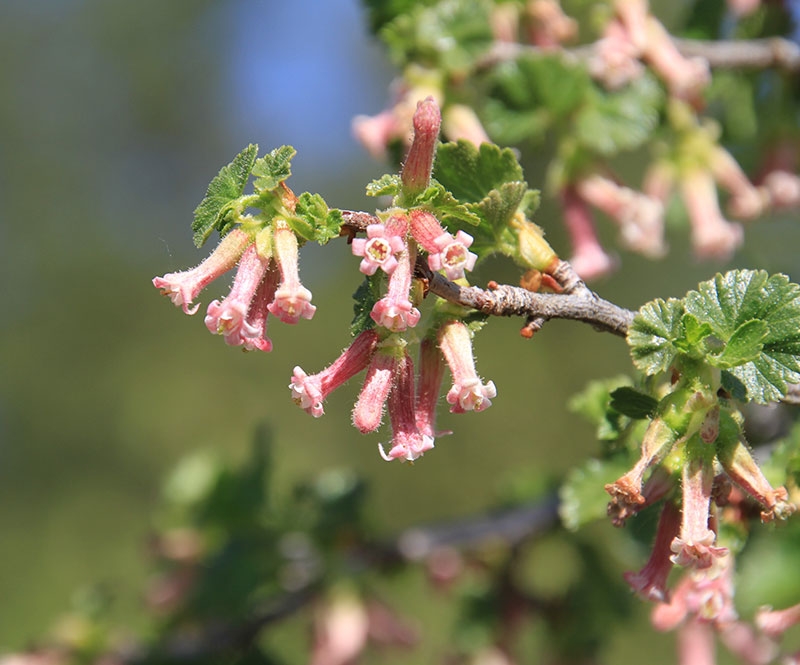
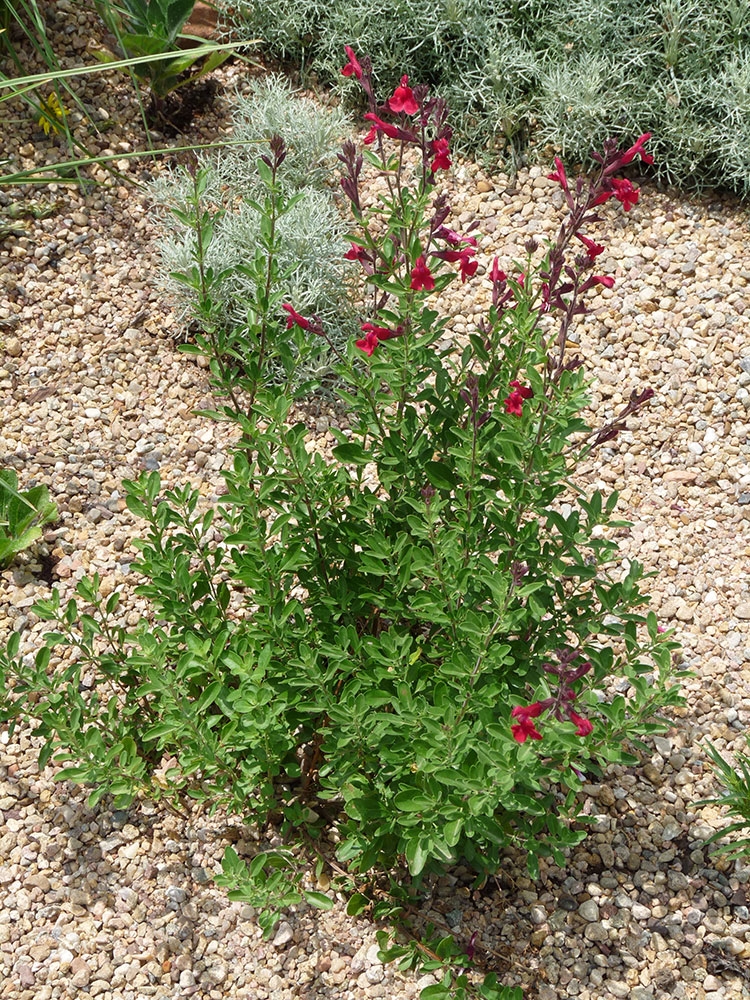
Add new comment